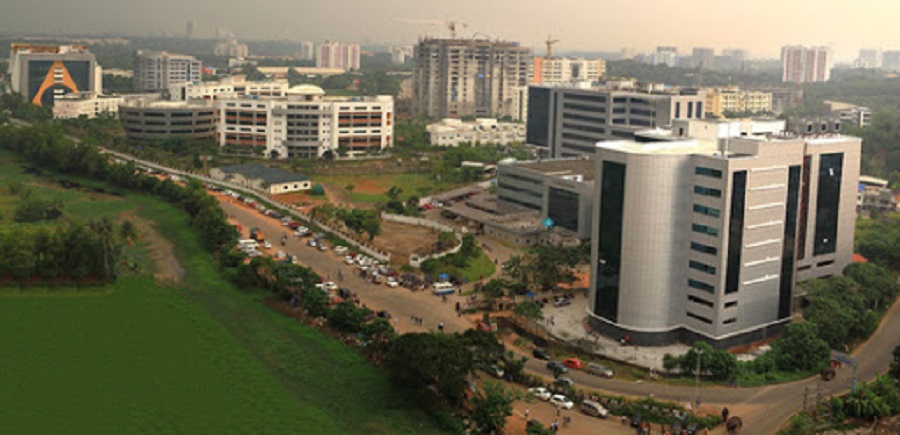KOCHI:
Mrinalini Mukherjee’s watercolours, etchings and sculptures, on view at downtown Durbar Hall, represent a search for aesthetic expression across multiple mediums, even as the late artist is primarily known as a sculptor.
The Mumbai-born artist, who grew up in Dehradun and visited Santiniketan often, explored themes related to nature, women and sexuality in her works. A collection of her diverse artworks has been mounted as part of the ongoing Kochi-Muziris Biennale that concludes on March 29.
At the entrance of the gallery in Ernakulam, a tube-like bronze sculpture, titled ‘Natural History’, sets the tone for the show that reveals the artist’s preoccupation with different aspects of nature such as foliage, trees, moonlit walks, sunsets, rain and storm. These have been extensively re-imagined, in both colour and black and white, through evocative works in watercolour and etching.
Mrinalini, who was the daughter of Santiniketan artists Benode Behari and Leela Mukherjee, studied painting at the Faculty of Fine Art in MS University, Baroda. Apart from being trained in mural design under artists like K G Subramanyan, she continued to expand her horizon by working in other mediums such as wax, bronze and ceramics.
It was during the annual fair while she was studying to be a painter at MSU that Mrinalini discovered the possibilities of jute rope in her artmaking — an early introduction to a new material that would shape an iconic visual language in her practice. In the 1970s, the artist continued her experiments with dyed hemp during a British Council Scholarship for sculpture. Gradually, her interest in the medium deepened as she started working with natural fibers.
This resulted in monumental and intricate sculptures that evoke animal, vegetal and sexual imageries, the biennale exhibition shows. The sculptural quality of her natural fibre-based works can be seen in ‘Nag Devta’, for example, which is a 40x40x28-inch exhibit depicting a divine form. Similar experimentations with the natural fibre are seen in other exhibits in the show, where the artist has created large tree and female forms that seem to be embedded with spiritual or social significance.
Speaking about Mrinalini’s art practice, biennale curator Anita Dube says the late artist’s repertoire stands out for its diversity and experimentation with mediums, which led to unique artforms such as her knotted hemp fibre and cast bronzes. “Her participation in the biennale, together with Chittaprosad and KP Krishnakumar (also on view at Durbar Hall), adds an important dimension of Indian artists to our selection,” adds Dube.
Mrinalini, whose career spanned five decades of art practice, died in 2015 at the age of 65. It was in the 1970s she started showing her works in solo and group exhibitions. Mrinalini was invited to Modern Art Oxford (then Museum of Modern Art) to mount a collection of her sculptures in 1994, as part of a travelling exhibition in the UK.
In 2015, the National Gallery of Modern Art in Delhi, organised a retrospective on the artist. Titled ‘Transfigurations: The Sculptures of Mrinalini Mukherjee’, the show was curated by contemporary artist and gallerist Peter Nagy. The artist passed away a few days after the exhibition’s opening.




